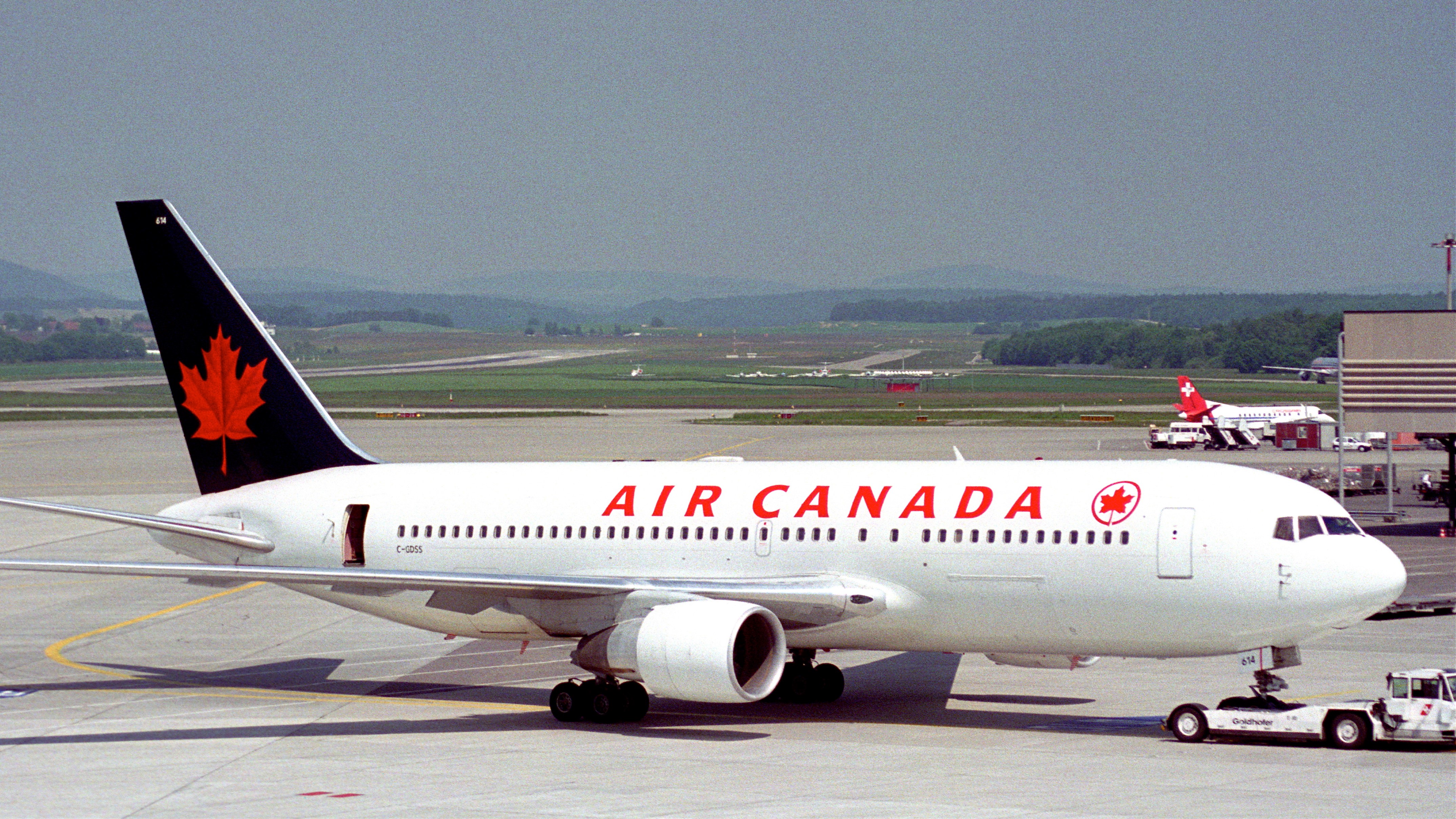Some have suggested that Air Canada (TSX:AC)(TSX:AC.B) continues to represent a buying opportunity, despite the sharp run up in the airline’s share price in recent years, while others have called the Canadian airline the “short of the year” — with sentiment so mixed among some analysts, it can be very difficult to predict exactly where the stock price of Canada’s largest airline is headed.
Since the beginning of the year, shares of Air Canada have more than doubled, driven in part by greatly improved earnings as well as growth in the company’s valuation multiple. In my opinion, Air Canada’s greatest potential driver for stock price appreciation over the coming quarters will be if investors choose to ascribe a valuation multiple for the airline closer to its North American peers. Air Canada’s shares continue to trade at a significant discount to its peers, with a current price-to-earnings (P/E) ratio hovering around nine (a slight improvement from a P/E ratio closer to seven just months ago).
To put Air Canada’s share price into perspective, rival WestJet Airlines Ltd. (TSX:WJA) currently trades at multiple closer to 12, meaning, all things being equal, WestJet’s equity is valued at a premium close to 35% over and above Air Canada. With the vast majority of Air Canada’s U.S. peers seeing even higher multiples than those of Air Canada or WestJet, the valuation gap remains prominent, and it’s one of the reasons why I continue to be a believer in the ability of Air Canada to continue to outperform in the medium to long term.
The bear case for Air Canada has traditionally centred on the company’s onerous debt obligations, its oft-contentious union-management relationship, as well as many of the airline’s long-term obligations related to said union contracts.
As is typically pointed out by many analysts, the company’s debt load currently sits at around 4.8 times the company’s equity; given the fact that these numbers were negative for much of the recent decade due to Air Canada’s lack of shareholder equity, by comparing these numbers to WestJet, we can see that at a debt/equity ratio of three, WestJet holds a very comparable debt load. And given recent events in which WestJet pilots have decided to unionize, many of the long-term arguments for why WestJet will continue to be more profitable than Air Canada do not hold, in my opinion.
Bottom line
All things being equal, I don’t believe Air Canada’s discount to its peers resembles the new reality of the airline industry in Canada and, more broadly, in North America. As investors continue to see the potential for long-term profitability in this sector, I expect Air Canada’s valuation multiple to continue to grow in line with the industry, instead of continuing to undershoot expectations.
Stay Foolish, my friends.








